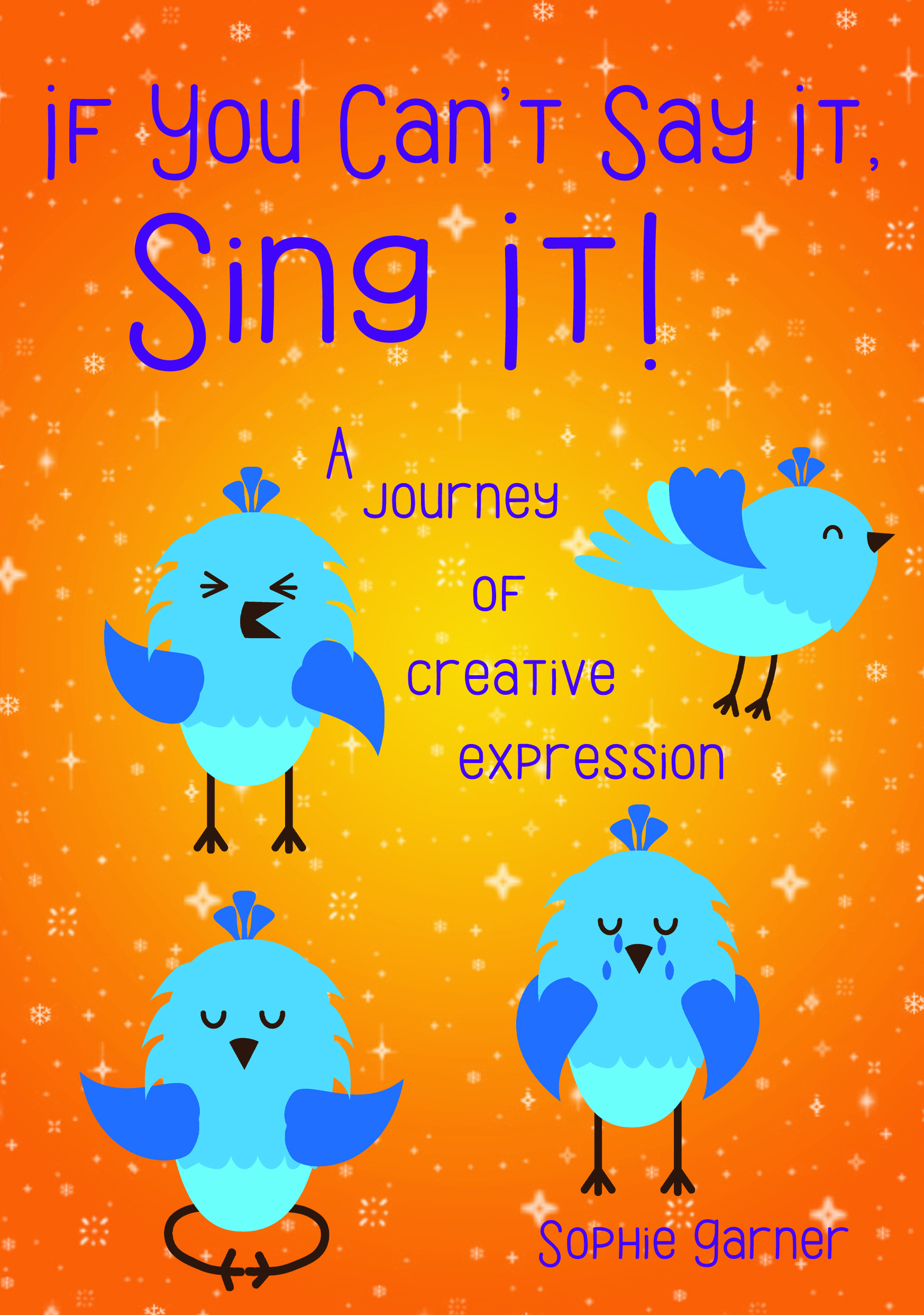
The Creative Songwriting Journal, and If You Can't Say It, Sing It! are both books designed to support children in the development of songwriting skills. They offer starting points, guidance, tips, and structured plans to support young writers in the first steps of their creative journeys.
Creative exploration
The texts are presented in a child friendly format. The books are A5 size, with brightly coloured pages and cheerful illustrations themed around the bluebird – a cartoon bird who represents the songwriter's creative process – the aim being to let the bluebird sing through the creative process. The pictorial style and pastel colour palette perhaps suggest a female gender bias, which may not be appealing to all. If You Can't Say It, Sing It! is a ring-bound journal covering approximately one month's worth of work. It starts with some visioning and focusing exercises, and then walks the songwriter through a series of activities to help them invent ideas for lyrics by reflecting on emotions and situations.
The Creative Songwriting Journal is designed for the student to work through at their own pace. It opens by presenting breathing and focus exercises to help get the artist into the creative zone. The central section of the book contains activities to explore the ingredients of songwriting. This starts with analysing structures of songs and the five Ws of lyric writing (Who? Why? What? When? Where?) to understand the story that the writer is trying to tell. The journal then presents ideas for mind-mapping and planning song lyrics, and techniques for revising and adapting drafts into a finished format. The songwriter is always encouraged to use their voice to find lyrics through singing, and the text includes a section on developing vocal technique to support the artist's voice. The final section comprises inspirations and prompts for creating song lyrics, including some free-flow visioning.

Emphasis on lyrics
Although called a songwriting journal and handbook respectively, it is worth pointing out that these texts focus on lyric writing. There is no focus on creating melodies in terms of melodic motifs or hooks, or discussion of how the text structure maps onto musical phrase structure, or harmonic structure. The suggested analysis of songs also implies that Garner is assuming that the reader will be working exclusively in pop styles, and not art music. When creating melodies, the only advice given to the junior songwriter is to try fitting their lyrics to their favourite song, using it as a backing track. I tried this out myself and feel that it works to a certain extent – one is challenged to fit the words into the phrase structure. In the same activity, students are encouraged to try songs with the same phrase structure but at different tempi to explore different rhythmic feel and reflect on whether this fits the original intention of the lyric.
For me, the biggest weakness is that the songwriter is not advised to make an audio recording of their songs. Listening back and analysing emerging ideas is very important in the drafting and crafting of any composition. Garner is encouraging in asking songwriters to embrace mistakes by thinking of them as ‘beautiful bloopers’ which can be used as inspiration for further creativity, but she does not present practical tools for doing this with the musical construction of the songs. This seems a missed opportunity and could be a good place to start for a companion volume. The texts offer tools for writing lyrics, relaxing into creativity, singing and exploring, rather than creating finished songs.
Self-expression
The two books use a number of coaching tools to encourage creativity in young writers. Although not original, it is interesting to see them applied to the composing process to support young artists in their self-expression. In both texts, the songwriter is advised to start with mindfulness-inspired breathing and focus activities, affirmations, and the creation of a ‘special songwriting space’ – very much in the tradition of the sacred space for meditation.
If You Can't Say It, Sing It! includes some ‘do not disturb’ cut-outs to put on a bedroom door so that friends and family respect the artist's need for private creative space. Garner discusses the importance of regular habits in order to develop creativity, and resilience for keeping going. The language around this does tend to the negative, which seems to imply that the author thinks a songwriter is likely to experience periods of self-doubt, rather than encouraging an honest self-expression and resilience for editing and critiquing ideas. To inspire the creation of lyrics, the author uses various visioning techniques including mind-mapping, collaging and drawing, writing letters to the subject of the song and sentence strings like ‘I could not imagine my life without…’. The emphasis is on writing often, and writing regularly – excellent advice for cultivating the creative habit.








